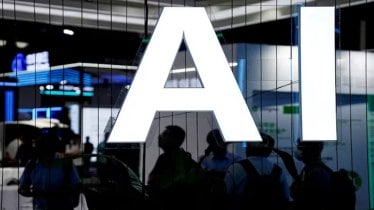The rapid rise of generative AI (GenAI) has led to a sharp increase in cyber threats, with Palo Alto Networks reporting an alarming average of 2.3 million new and unique threats daily. These threats, previously non-existent, underscore the pressing need for advanced cybersecurity strategies, Anand Oswal, senior vice president of Network Security at Palo Alto Networks, told Fe.
The cybersecurity major also blocks an average of 11.3 billion threats per day, highlighting the scale and sophistication of attacks. To counter this, Palo Alto Networks is leveraging “precision AI” to enhance security measures. “With the rapid adoption of AI we must ensure both employees using AI and the applications themselves are secure by design,” said Oswal.
Palo Alto Networks has incorporated generative AI into its solutions, utilising techniques like inline deep learning to identify and neutralise threats in real time. This approach enables the classification of threats within milliseconds, a feat traditional methods like database-driven security have struggled to achieve.
“Inline deep learning allows us to detect threats by analysing behavioural patterns in data – tasks humans cannot perform at the same speed or scale,” Oswal explained.
Traditional methods, such as URL filtering, remain vulnerable as attackers exploit delays in updating security databases, often registering malicious domains years in advance to evade detection.
The widespread, often unsanctioned, use of AI tools by employees presents another major challenge. Known as the “shadow AI” problem, this occurs when employees access AI applications for tasks like coding or data analysis without IT oversight, exposing organisations to potential risks.
Oswal said that up to 60% of employees in some organisations use AI applications, often unbeknownst to IT departments. To tackle this, Palo Alto Networks analysed over 640 AI applications, assessing 64 parameters to assign risk scores. Its AI Access Security solution helps organisations maintain control while enabling safe and productive AI use.
In India, Palo Alto Networks is enhancing its cybersecurity offerings by focusing on platformisation. This strategy consolidates services across its platform to provide seamless security for employees, whether they work in-office, remotely, or via SaaS solutions.
